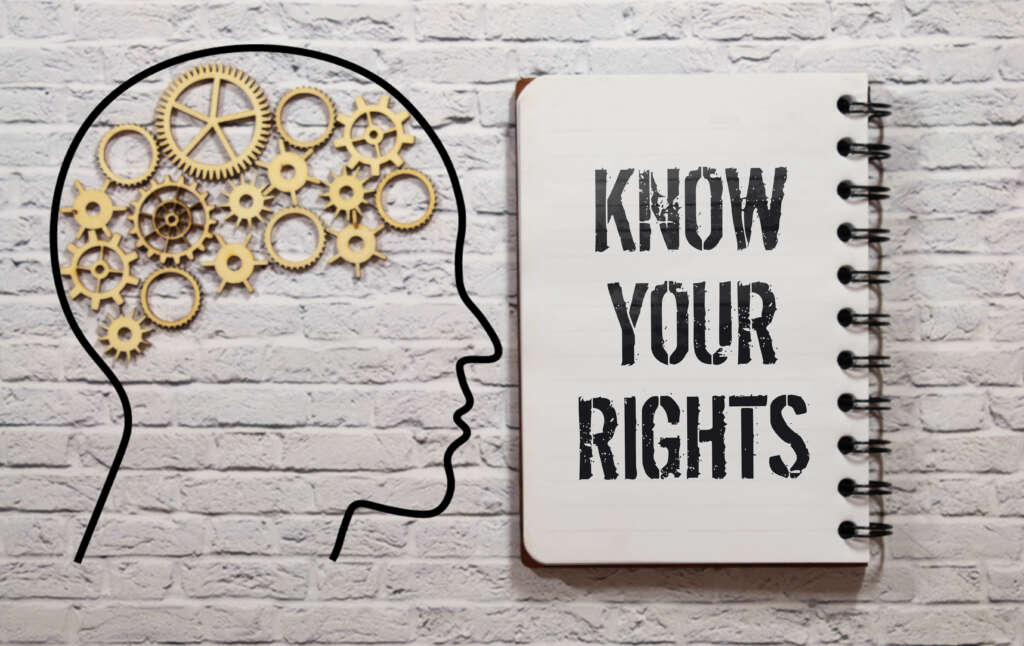Share This Article
Politicians rarely campaign on bankruptcy protections, but federal law provides powerful debt relief options that millions of Americans don’t realize exist. Despite common misconceptions, bankruptcy isn’t a sign of personal failure or financial irresponsibility. It’s a constitutional right designed to give honest people overwhelmed by debt a genuine fresh start.
The Two Paths to Financial Freedom
Chapter 7 bankruptcy eliminates most unsecured debts within four to six months. Credit card balances, medical bills, personal loans, and payday loan debt typically disappear completely. You don’t repay these debts—they’re gone forever once the court grants your discharge.
Chapter 13 bankruptcy creates a court-supervised repayment plan lasting three to five years. You keep your property while paying a portion of what you owe based on your income and expenses. After completing the plan, remaining eligible debts are discharged.
The choice depends on your income and assets. If you pass the means test (your income is below certain thresholds), Chapter 7 provides quicker relief. Higher earners typically file Chapter 13 to reorganize their debts while keeping valuable property.
Property You Can Actually Keep
Bankruptcy exemptions protect essential property from creditors. The federal homestead exemption currently protects $31,575 in home equity (doubled for married couples filing jointly). Many states offer even more generous protection—Florida, Texas, and several other states provide unlimited homestead exemptions.
You can typically keep your car, household furniture, clothing, tools needed for work, and retirement accounts. Some states let you choose between state and federal exemption systems, so you can select whichever protects more of your property.
Debts That Disappear vs. Debts That Survive
Most consumer debts vanish in bankruptcy: credit cards, medical bills, personal loans, old utility bills, and even some tax debts over three years old. Business debts, deficiency balances after car repossession, and lawsuit judgments (except those from fraud) typically get discharged.
However, certain debts survive bankruptcy regardless of which chapter you file. Child support, alimony, and most recent tax debts cannot be discharged. Criminal fines and restitution orders also remain.
Student loan reality check: Despite widespread belief, student loans can be discharged in bankruptcy if you prove “undue hardship.” The Department of Justice has streamlined this process for federal loans since November 2022 with a new attestation form and clearer guidelines, making discharge more accessible. Some private education loans may qualify for standard bankruptcy discharge without proving hardship, particularly non-qualified education loans.

Immediate Relief From the Automatic Stay
The moment you file bankruptcy, federal law creates an “automatic stay” that immediately stops most collection activities. Wage garnishments end, foreclosure proceedings halt, utility shutoffs pause, and creditor harassment stops. Violating the automatic stay can result in serious penalties for creditors.
This breathing room lets you focus on your bankruptcy case without constant creditor pressure. Even if your case is ultimately unsuccessful, the automatic stay provides temporary relief while you explore other options.
The Means Test Reality
The 2005 bankruptcy reform created income limits for Chapter 7 eligibility. If your household income exceeds your state’s median, you must pass a “means test” that calculates your disposable income after allowed expenses.
Current thresholds for presumed abuse: if your disposable income exceeds $11,725 annually, you likely must file Chapter 13. If it’s below $7,025, you qualify for Chapter 7. Between these amounts, the test looks at whether you can pay at least 25% of unsecured debt over five years.
Important exclusions: Social Security, disability, and certain veteran benefits don’t count toward income limits.
Timing Strategies Most People Miss
File too early, and you might lose property or income you acquire shortly after filing. File too late, and you might miss opportunities to protect assets or qualify for better exemptions.
Tax debt timing: Tax debts follow the “3-2-240” rule to be dischargeable. Tax returns must have been due more than three years before filing bankruptcy, you must have filed the actual return at least two years before bankruptcy, and the IRS must have assessed the debt more than 240 days before filing. This means strategic timing around tax seasons can determine whether tax debts survive or disappear in bankruptcy.
Income timing: If irregular income pushes you over means test limits temporarily, waiting a few months might qualify you for Chapter 7 instead of the longer Chapter 13 process.
Professional Guidance vs. DIY Risks
While legal aid organizations and self-help resources exist, bankruptcy involves complex federal law with serious consequences for mistakes. Missing deadlines, claiming wrong exemptions, or failing to list all assets and debts can result in case dismissal or loss of discharge rights.
Many attorneys offer payment plans, and some legal aid societies provide free bankruptcy assistance for qualifying low-income individuals.
The Fresh Start Promise
Bankruptcy exists because lawmakers recognized that crushing debt prevents people from contributing productively to the economy. The constitutional framers specifically granted Congress power to create “uniform laws on the subject of bankruptcies,” understanding that excessive debt imprisons people and families.
Your discharge eliminates legal obligations to repay covered debts forever. Creditors cannot revive discharged debts, cannot report them as current obligations, and cannot use them to deny you employment or housing (with limited exceptions).
Understanding your bankruptcy rights helps you make informed decisions about debt relief. While bankruptcy has consequences, it also provides legal protections that Congress specifically designed to help overwhelmed Americans get back on their feet.


